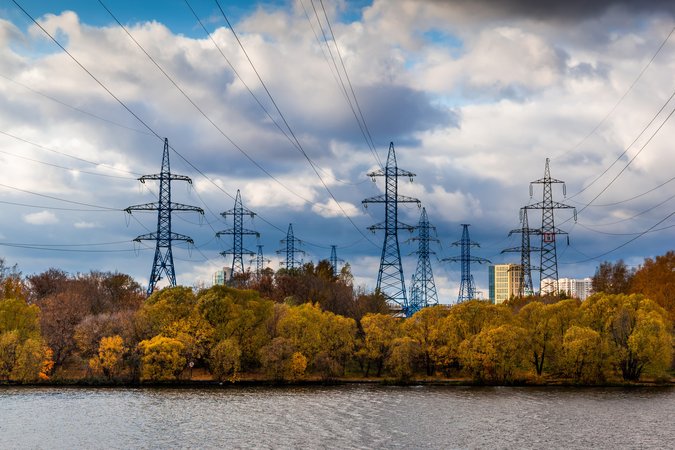Analysis of the American Opportunity Carbon Fee Act of 2015 (S. 1548)
The American Opportunity Carbon Fee Act would levy a fee on US greenhouse gas emissions, largely on carbon dioxide. Modeling results illustrate the magnitude of the emissions reductions over a 15-year time frame (2016 to 2030).
Key findings
- Under the carbon fee scenario in the proposed American Opportunity Carbon Fee Act, emissions in 2030 are projected to be 64% of the business-as-usual baseline—that is, emissions fall almost 36% from 2016 to 2030.
- With respect to the commonly used 2005 benchmark year, emissions in 2030 would be 43% below the level of emissions in 2005.
- The US pledge under the UN Framework Convention on Climate Change promises emissions levels 26–28% below 2005 by 2025. Modeling suggests the American Opportunity Carbon Fee Act would yield considerably more reductions in 2025 than outlined in the pledge.
- Although the carbon fee levied by the proposed bill would be applied to the carbon content of all fossil fuels, including petroleum, 60-65% of the emissions reductions emanate from the electricity generation sector.




